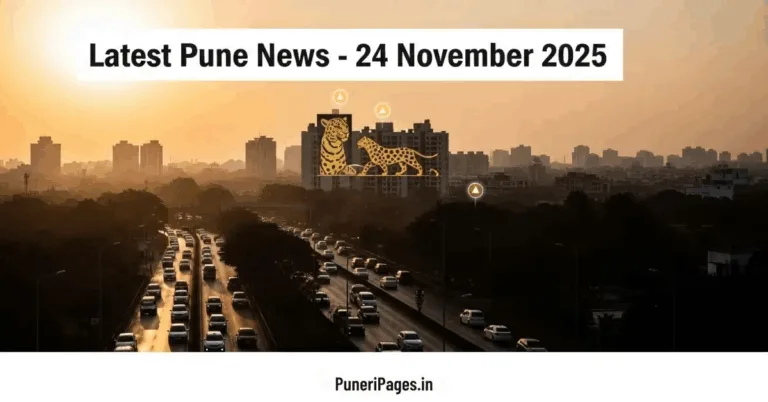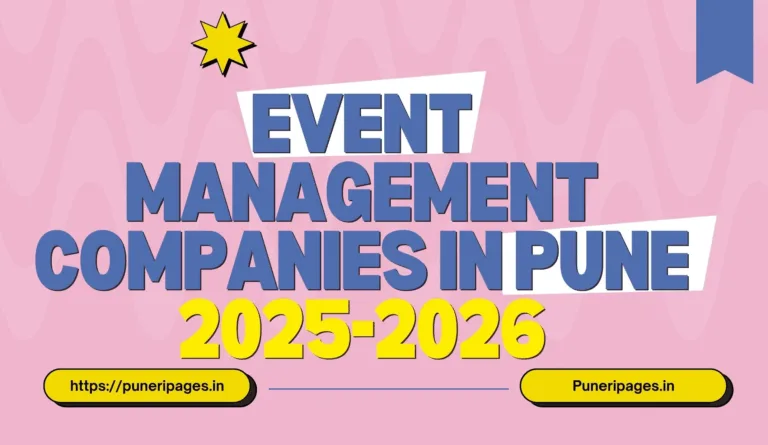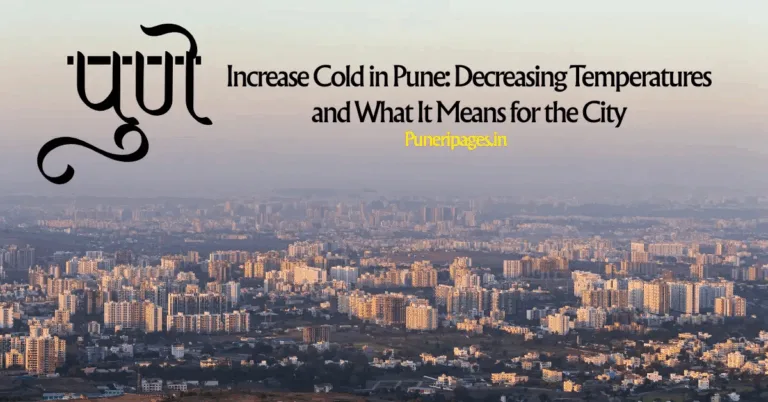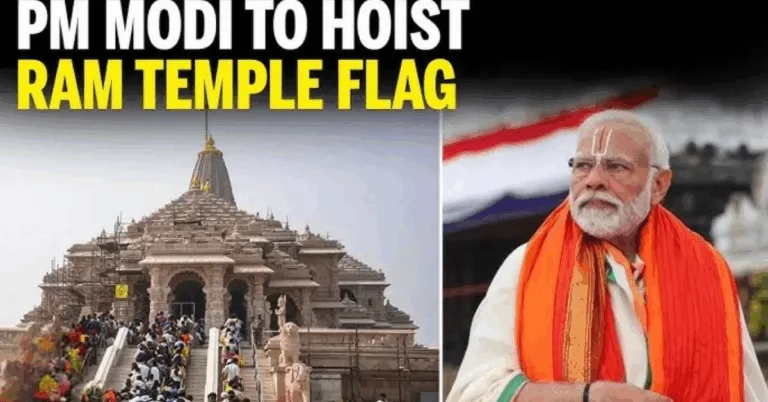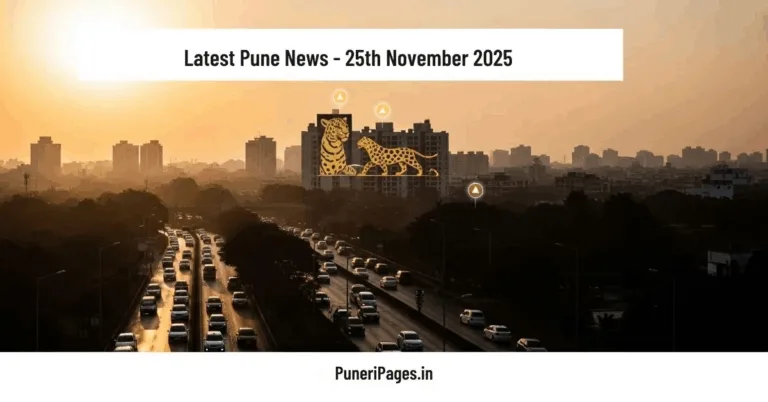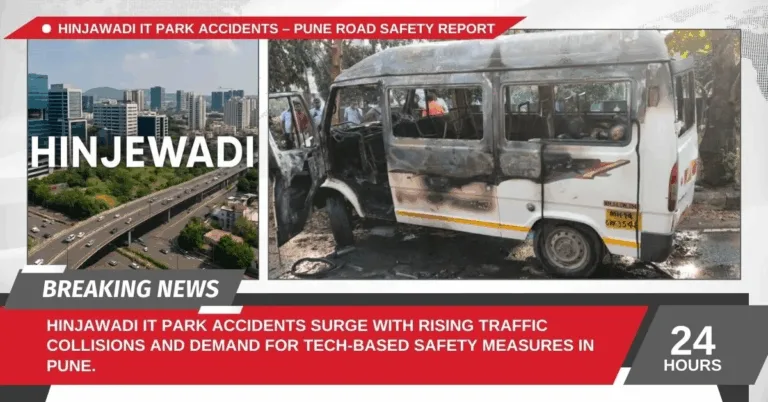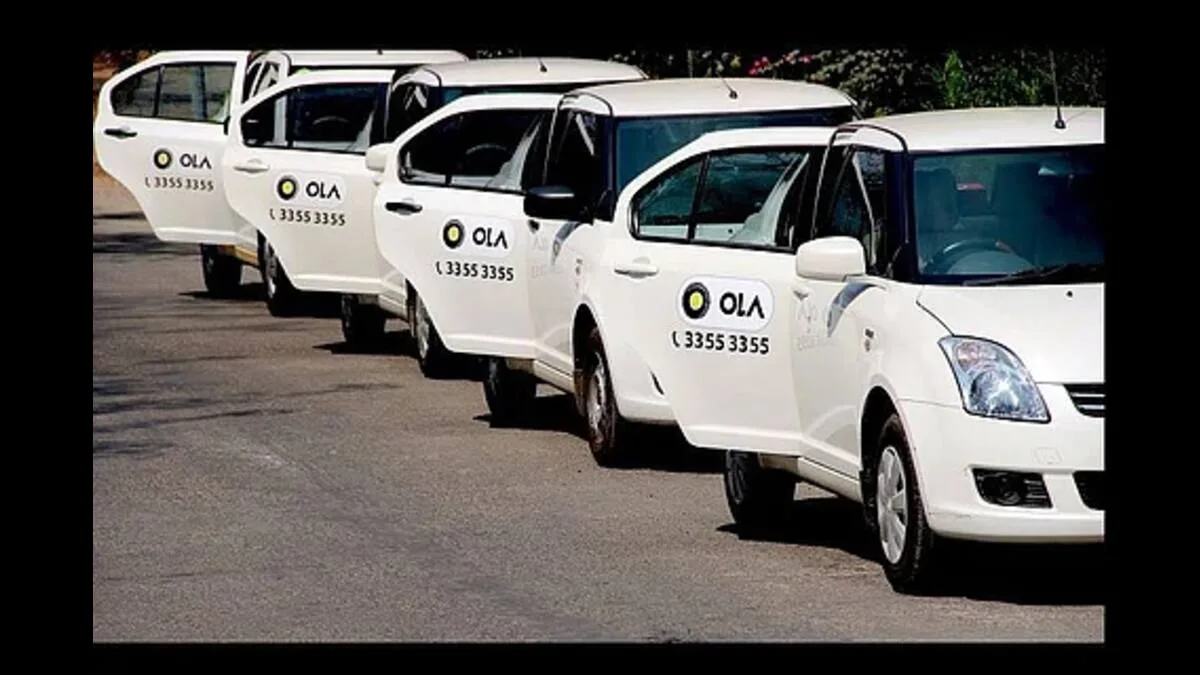
Rush-hour traffic in Pune with surge fares on Ola and Uber now legally allowed under new government guidelines | Image: puneripages.in
By Prashant for PuneriPages.in
PUNE: If you’ve been relying on Ola or Uber to get around Pune, especially during office hours or after a late-night party in KP, here’s something you should know — your rides could soon get a lot costlier.
Thanks to a fresh green light from the government, app-based cab services like Ola and Uber can now legally charge up to double the base fare during peak demand times. Yup, that’s surge pricing — officially approved under the “Motor Vehicle Aggregator Guidelines 2020“.
Let’s break down what this means for Punekars like you and me, and whether there’s anything we can do about it.
Table of Contents
What Exactly Are the New Rules?
Under the central guidelines, now backed by several states:
- Cab aggregators can charge up to 2x the base fare during high demand.
- During low demand, they must offer discounts of up to 50%.
- New cancellation penalties apply to both riders and drivers if canceled without valid reason.
The idea is to balance supply and demand, but in reality, it hits hardest when you need a ride the most — like Hinjawadi tech park traffic hours or rainy evenings when rickshaws disappear.
What This Means for Pune (And Your Daily Life)
Let’s say you’re heading from Baner to Magarpatta around 6:30 PM. Under normal circumstances, your fare might be ₹300. Now, with surge pricing, that same ride could cost ₹600.
Same goes for weekend trips — those midnight returns from FC Road or Saturday weddings in Bibwewadi might suddenly feel like burning a hole in your pocket.
Even daily commuters and college students who rely on cabs occasionally are going to feel the pinch.
Voices from Pune: What People Are Saying
Anjali Deshpande, a software engineer who travels from Aundh to Hinjawadi daily, says:
“It’s frustrating. My fare has already gone up in the past year. Now, double pricing during rains or weekends? That’s just not okay.”
Rohit Shinde, an Uber driver I spoke to outside Pune Station, sees things differently:
“From our side, surge helps. Peak hour traffic is horrible, fuel is costly, and we don’t get paid if we cancel. But I agree, 2x feels a bit much for passengers.”
So yeah, the reactions are mixed — drivers welcome the incentive, but riders feel the burn.
What Is the Pune RTO Doing?
As of now, the Pune RTO hasn’t made a formal announcement on how these rules will be implemented locally. Some officials say they’re studying the guidelines and will issue state-specific directions soon.
The real concern? Enforcement. Will there be checks to ensure passengers aren’t overcharged? Will Ola/Uber follow the rules both ways — not just doubling the price, but also giving proper discounts in off-peak hours?
Only time will tell.
FAQs About the New Ola/Uber Surge Pricing
Q: Is this surge pricing legal now?
Yes, the central government has approved it under the Motor Vehicle Aggregator Guidelines 2020.
Q: How much can Ola/Uber charge during peak hours?
Up to 2x the base fare.
Q: Can I be penalized for canceling a ride?
Yes, both riders and drivers can now face penalties if cancellations happen without valid reasons.
Q: Is there any discount during non-peak hours?
Yes, cabs are expected to offer up to 50% discounts during low-demand periods.
Q: What can I do if I feel I was overcharged?
You can report overcharging via the Ola/Uber app or to the Pune RTO once implementation details are announced.
So, What’s Our Take?
This move is clearly aimed at helping drivers earn more, especially during tough hours. But unless the discounts during low demand are actually enforced, this might end up hurting regular commuters more than helping anyone.
For now, I’d say keep a backup — maybe use PMPML when possible or try carpooling. And always check the fare twice before confirming your ride.
What do you think about the new surge pricing rules? Let us know on our Instagram @puneripages or drop a comment below.
Stay tuned to PuneriPages.in for more local news that actually affects your daily life.
